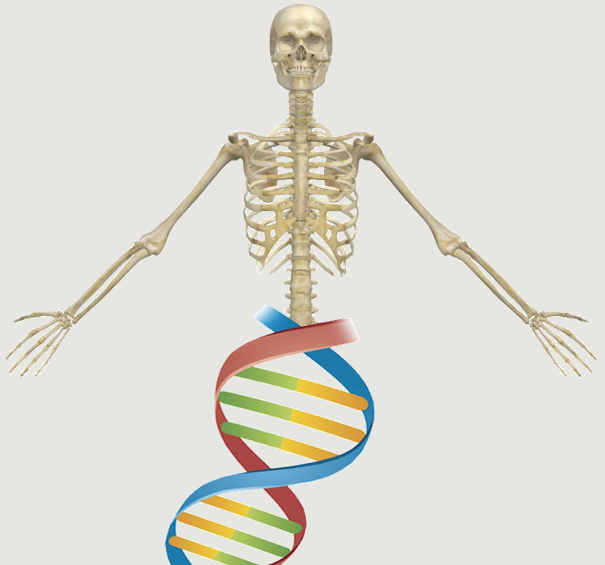Citation:
Abstract:
Allografts may be useful in craniofacial bone repair, although they often fail to integrate with the host bone. We hypothesized that intermittent administration of parathyroid hormone (PTH) would enhance mesenchymal stem cell recruitment and differentiation, resulting in allograft osseointegration in cranial membranous bones. Calvarial bone defects were created in transgenic mice, in which luciferase is expressed under the control of the osteocalcin promoter. The mice were given implants of allografts with or without daily PTH treatment. Bioluminescence imaging (BLI) was performed to monitor host osteprogenitor differentiation at the implantation site. Bone formation was evaluated with the aid of fluorescence imaging (FLI) and microcomputed tomography (muCT) as well as histological analyses. Reverse transcription polymerase chain reaction (RT-PCR) was performed to evaluate the expression of key osteogenic and angiogenic genes. Osteoprogenitor differentiation, as detected by BLI, in mice treated with an allograft implant and PTH was over 2-fold higher than those in mice treated with an allograft implant without PTH. FLI also demonstrated that the bone mineralization process in PTH-treated allografts was significantly higher than that in untreated allografts. The muCT scans revealed a significant increase in bone formation in allograft + PTH treated mice comparing to allograft + PBS treated mice. The osteogenic genes osteocalcin (Oc/Bglap) and integrin binding sialoprotein (Ibsp) were upregulated in the allograft + PTH treated animals. In summary, PTH treatment enhances osteoprogenitor differentiation and augments bone formation around structural allografts. The precise mechanism is not clear, but we show that infiltration pattern of mast cells, associated with the formation of fibrotic tissue, in the defect site is significantly affected by the PTH treatment.
Notes:
Sheyn, Dmitriy Cohn Yakubovich, Doron Kallai, Ilan Su, Susan Da, Xiaoyu Pelled, Gadi Tawackoli, Wafa Cook-Weins, Galen Schwarz, Edward M Gazit, Dan Gazit, Zulma eng P50 AR054041/AR/NIAMS NIH HHS/ R01 DE019902/DE/NIDCR NIH HHS/ DE019902/DE/NIDCR NIH HHS/ Research Support, N.I.H., Extramural Research Support, Non-U.S. Gov't 2013/10/18 06:00 Mol Pharm. 2013 Dec 2;10(12):4462-71. doi: 10.1021/mp400292p. Epub 2013 Nov 8.

